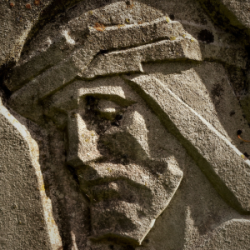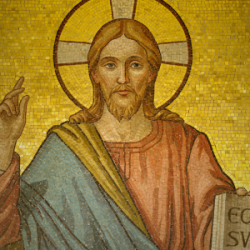Welcome readers! Please subscribe through the button on the right.
(Read this series from its beginning here.)

I want to note that I do not believe this story accurately represents the Pharisees or Jewish scholars of that time. It might represent some leaders within those social groups, such as the Pharisees of the school of Shammai. But this story does not rightly characterize the more inclusive Pharisees of the school of Hillel. Lumping all Pharisaical and later Rabbinical schools into a monolith and then to use that group perjoratively is deeply antisemitic and has an long history. (See https://truah.org/antisemitism/)
We must also address the label of “sinner.” I’ve written at length about this before:
“The term ‘sinner’ is used in the gospels in a very particular sense. It’s not used in the universal ‘everyone’s a sinner’ sense. We see this in Jesus’ socio-political context. Imagine a circle. Those at the center controlled and made the decisions for the circle while those pushed from the center toward the edges had less and less say the further away from the center they found themselves. What determined how close to the center someone operated was an idea that we now have a difficult time understanding: this was the idea of purity. Those on the edges were pushed there by labelling them ‘sinners.’ Those on the edges of the circle had no power, privilege, or voice.” (See The Lost Coin)
It would help us in our context today to read “marginalized” where the text reads “sinner.” Sinner was the pejorative label that those at the center of Jesus society used to marginalize whomever they chose.
This all leads us to the central point, and that’s what we’ll discuss, next.
(Read part 3)













